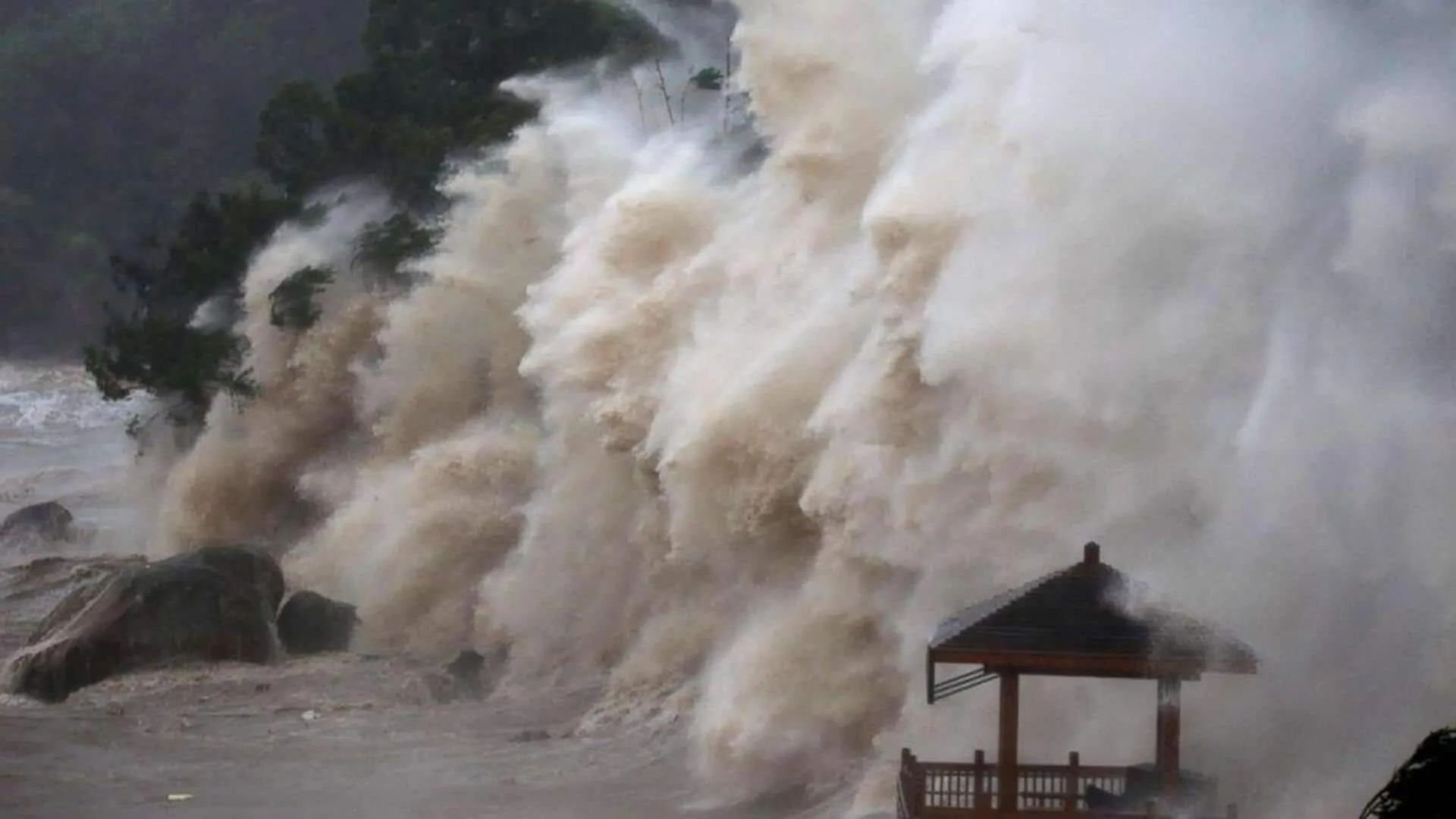AI Enhances Typhoon Tracking in Taiwan Amid Cyclone Bebinca's Approach

AI’s Role in Typhoon Prediction
As tropical storm Bebinca approaches northern Taiwan, the country's meteorologists are turning to artificial intelligence (AI) for accurate predictions. This innovative approach, supported by software from tech giants like NVIDIA, has proven more effective than traditional methods in forecasting typhoon trajectories.
Collaborative Technologies at Work
The chips used in these AI systems are manufactured by TSMC, a leading semiconductor company based in Taiwan. In July, Taiwan successfully used AI-based weather models to predict the path and impact of Typhoon Gaemi. This storm was the most powerful to hit the island in eight years, bringing record-breaking rainfall. The AI technology accurately predicted a direct hit eight days before Gaemi made landfall, surpassing traditional prediction methods.
Confidence in AI Weather Models
Chia Hsin-sing from Taiwan Integrated Disaster Prevention of Technology Engineering Consulting Company Ltd. stated, “People are starting to realize AI indeed delivered some stunning performances compared to conventional models.” The same AI tools are now being used to track Bebinca.
Advanced AI Weather Programs
Lin Ping-yu from Taiwan's Central Weather Administration (CWA) states, “AI has given us a higher degree of confidence there will not be a direct hit.” The AI weather programs include NVIDIA's FourCastNet, Google's GraphCast, Huawei's Pangu-Weather, and a deep learning-based system by the European Centre for Medium-Range Weather Forecasts. These models have successfully predicted storms and hurricanes in various regions.
Enhanced Accuracy and Future Potential
The AI-based system is trained using historical weather data, predicting hundreds of weather variables days in advance in a process that takes mere minutes. This year, for typhoons in the Western Pacific, AI's accuracy in predicting storm tracks over a three-day window was nearly 20% higher than traditional models, according to the CWA. For Gaemi, AI helped foresee an unusual path loop that prolonged its impact on Taiwan, leading to swift warnings.
Ongoing Challenges
However, experts note that while AI tools have shown promise in predicting typhoon paths, they are yet to deliver quality forecasts for detailed impacts such as strength and winds.
This article was prepared using information from open sources in accordance with the principles of Ethical Policy. The editorial team is not responsible for absolute accuracy, as it relies on data from the sources referenced.